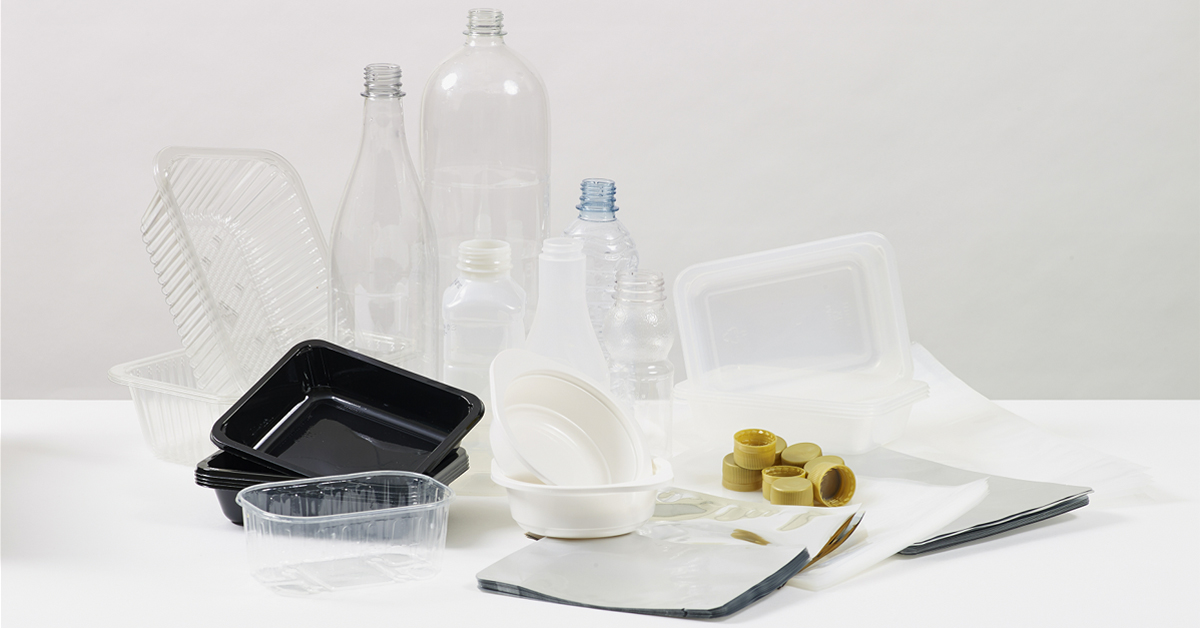A diversified product mix that is properly aligned with the supermarket’s concept can yield positive outcomes. In reality, for a supermarket to be lucrative, it must have the things that the buyer wishes to purchase. But putting this into action isn’t always easy. In many circumstances, supermarket retailers’ bets are misaligned with consumer requirements and preferences, resulting in a loss of profit.
When we talk about packaging mix, selecting the right items becomes even more difficult. However, the beginning point is to assess consumer demand and needs. It is critical to assess supply and demand to avoid stockouts, sales losses, and excess inventory, all of which result in decreased cash flow and margins.
But selecting the ideal mix necessitates some special care. To assist you with this work, we have produced this post with some advice for people looking to find the ideal packaging mix for a supermarket. Check out!
1. Find the best packaging suppliers
Start your market research by gathering details about various vendors.Remember that the caliber of the suppliers directly affects the caliber of the goods, parts selection, technology used, and creative packaging that you want to sell in your supermarket.
Take into account the values, modes of payment, and potential agreements as well to prevent stock-related issues at your supermarket. Finally, in order to ensure consistent stock maintenance and high-quality products, don’t forget to assess the reputation of your suppliers.
Or you can contact us here.
2. Have a clear vision of the packaging you intend to offer

After defining suppliers, it’s time to create your packaging sector’s product portfolio. What products will be offered? How many products will be needed? How do you plan to organize your hallway?
Listing all of this is essential as good planning will ensure focus on assertive deliveries. And don’t forget to research the profile of potential consumers and use the information found as a basis for defining the total items that will be sold in the packaging sector of your supermarket.
3. Organize the space

Find the ideal place for your packaging sector and invest in a space organization project. Have good furniture (gondolas, shelves and displays), good lighting (either with lamps or natural light), and a good space so that your customers feel comfortable when shopping.
Given that the products in this industry are typically small and come in a variety of shapes, furniture and displays that allow for complete product display and consumer accessibility are essential.Furthermore, it is imperative to consider safeguarding objects to prevent them from becoming easily damaged or misplaced.
Although the brand’s visual identity must guide furniture and wall color selections, it’s crucial to keep the impact of the items in mind. Look for neutral furnishings colors if your portfolio is mostly made up of bright objects so that the product is the main focus.
4. Bet on the difference
Most supermarkets simply focus on the culinary aspect, and offer boxes and other types of packaging to their customers, without any type of difference. Being bold, according to your audience, can help you defend a different position about your establishment, which can make a big difference to the success of your business.
5. Observe the competition
Market observation helps you gain insights for your business and practically acts as a thermometer for your supermarket’s strategies. You can understand consumer trends and evaluate products that have more sales just by observing the market.
Of course, we are not saying here that you should imitate other supermarkets, but rather observe the competition’s movements and understand whether your company’s operational indicators correspond to those of the market in general, seeking to increase efficiency. This way you will have important data and information to put together a packaging mix that is strategic for you and ideal for your audience.
6. Analyze your packaging sales history

Look at past sales data to see what packaging items sell well each month and how much revenue they bring in. This will help you make smarter purchasing decisions and maximize sales opportunities.
Of course, in your analyzes you need to consider the seasonality factor, as some types of products sell better in certain months of the year. But with the analysis of sales history in hand, new products can be added to the supermarket’s range of offerings.
Another interesting solution when defining your packaging mix is to conduct tests on new products, as from the results you can check whether the placement of certain items in your portfolio is really valid.
To test a product mix, you need to define a reasonable testing period (a few months) and check the results, and then validate the new updates in your mix.
Looking at all our tips, choosing the mix may seem complicated. However, with well-defined strategies, following the step-by-step instructions we have put together, you have everything you need to have a complete, intuitive product portfolio in accordance with your consumer’s desires.
Do you have any questions? Get in touch with us, we will be happy to clarify!



